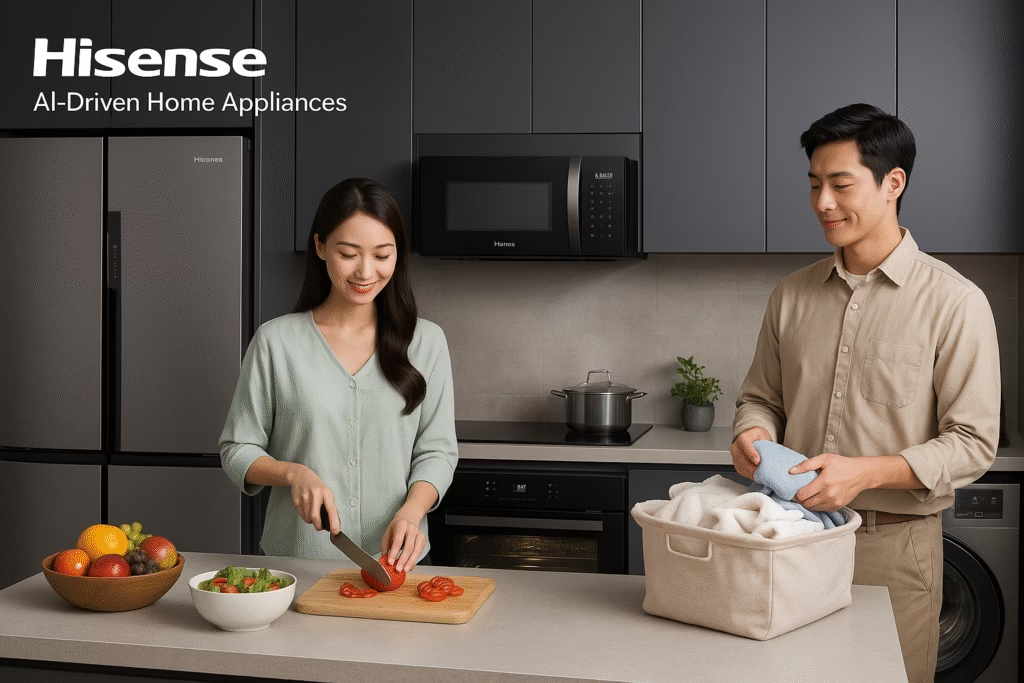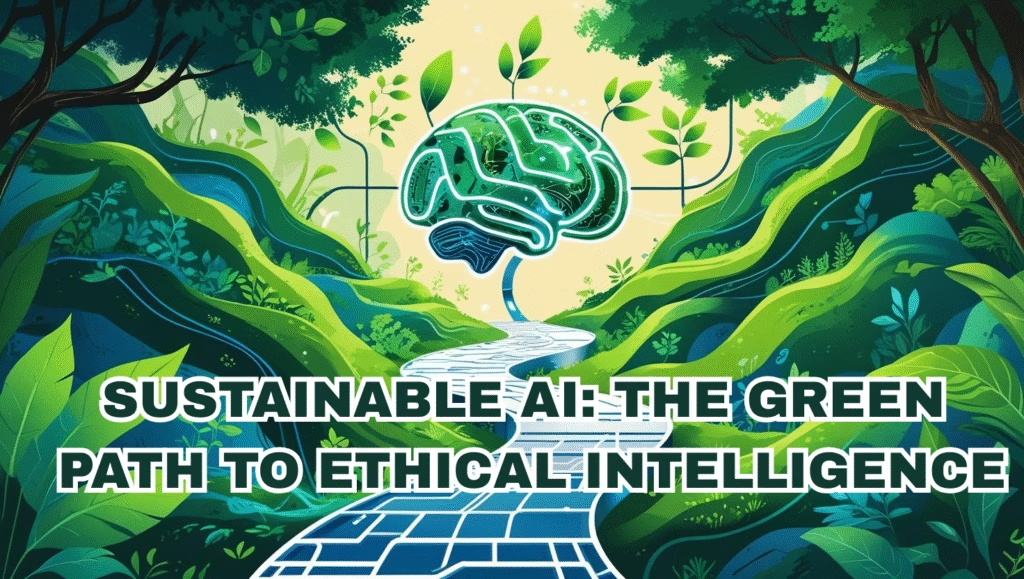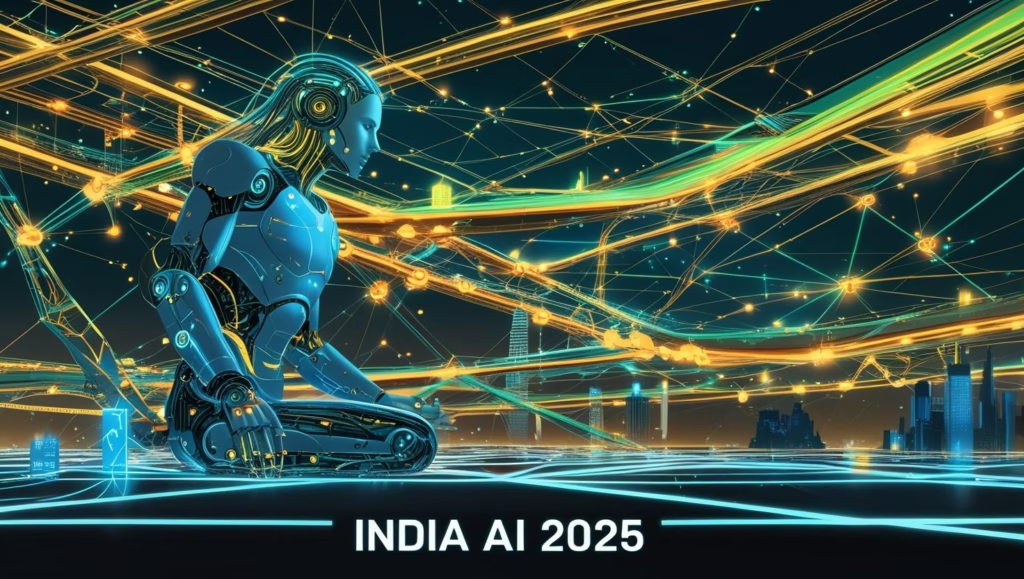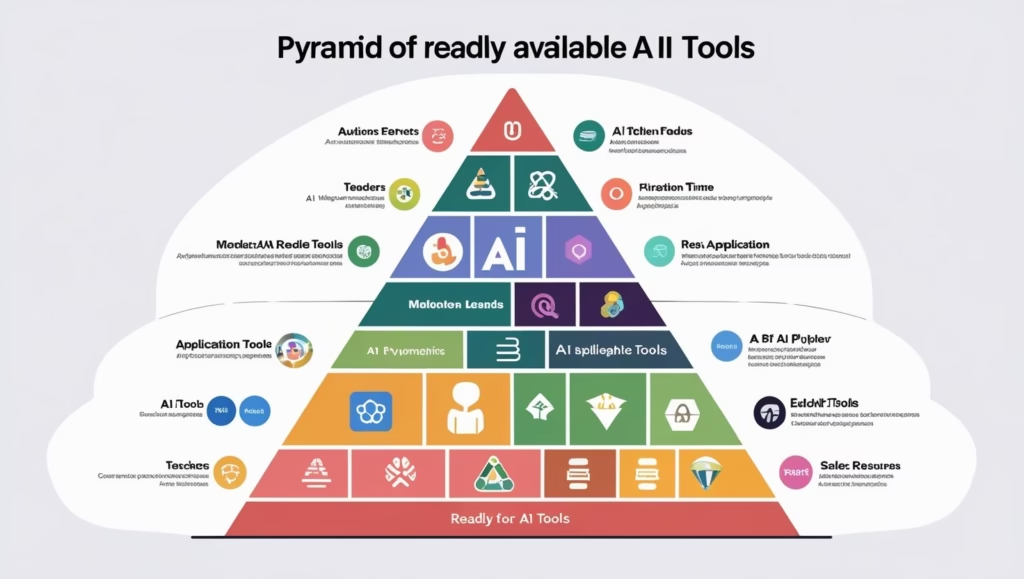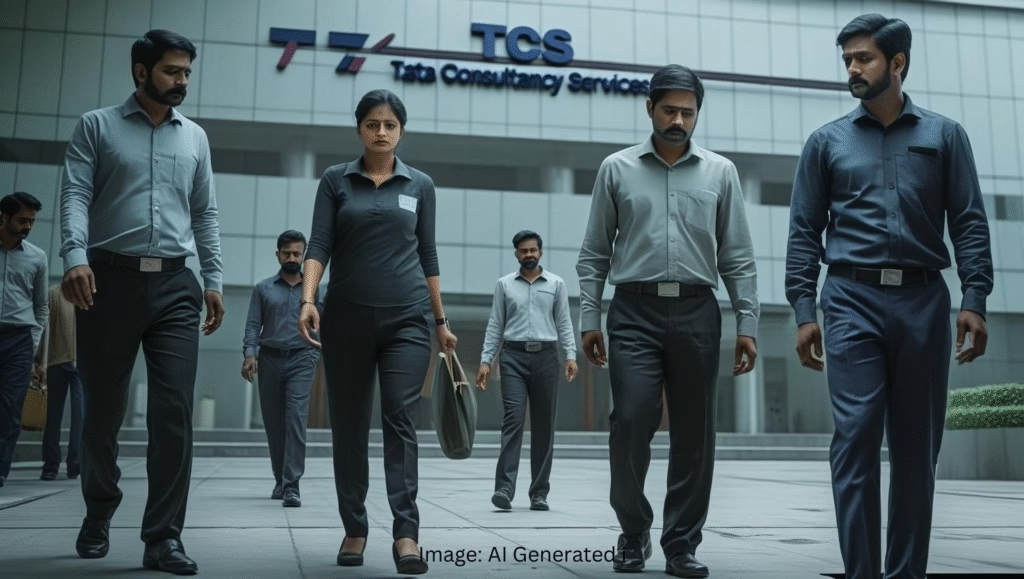Hisense – AI-Driven Home Appliances: Redefining Smart Living in 2025
Introduction: Hisense’s AI Vision in the Modern Home
In 2025, the smart home isn’t just about connectivity-it’s about anticipation. Hisense, a global leader in consumer electronics, has emerged as a trailblazer in this space, transforming from a TV and appliance manufacturer into an AI-driven lifestyle architect. At CES 2025 and AWE 2025, Hisense unveiled its AI Your Life ecosystem, powered by tools like the ConnectLife Platform and Hi-View AI Engine X, which promise to make homes smarter, more efficient, and intuitively responsive. This analysis dives into Hisense’s AI-driven home appliances, their strategic innovations, and how they stack up against competitors in the race to dominate the AI-powered smart home.
Company Background: From Screens to Smart Ecosystems
Founded in 1969, Hisense has evolved from a radio manufacturer to a global electronics giant, with a 2025 mission to “reshape modern living through AI that anticipates needs.” The company’s AI pivot is strategic:
- 2023: Launched initial AI-powered TVs and refrigerators.
- 2024: Partnered with Microsoft to integrate Azure OpenAI into ConnectLife.
- 2025: Debuted 18 AI agents in its ULED TVs and a fully interoperable smart home suite.
Hisense’s ConnectLife Platform is the linchpin of its strategy, acting as a centralized AI hub that unifies devices-from laser TVs to smart ovens-into a single, learning ecosystem.
Flagship AI Tool: ConnectLife Platform
Core Features
- Unified Home Control:
- Manages appliances (fridges, ACs, washers) via voice, app, or TV.
- 3D Home Visualization lets users adjust room temperature, humidity, and airflow virtually.
- AI-Powered Automation:
- Dish Designer: Suggests recipes based on fridge inventory and sends instructions to ovens.
- Laundry AI: Detects fabric types and optimizes wash/dry cycles for energy savings.
- Real-Time Adaptation:
- Hi-View AI Engine X in TVs uses machine learning for 4K upscaling and adaptive sound.
- Smart Eye Technology in ACs adjusts airflow based on occupant location.
Performance & User Experience
- Speed: API7.ai’s gateway integration reduced latency by 8–9x, enabling seamless device communication.
- Accuracy: AI agents in TVs analyze viewing habits to recommend content (e.g., “90% accuracy in suggesting next episodes”).
- Ease of Use: VIDAA OS replaces Google TV, offering a streamlined interface praised for simplicity at AWE 2025.
Comparative Analysis: Hisense vs. Competitors
| Aspect | Hisense ConnectLife | Samsung SmartThings | Google Nest |
|---|---|---|---|
| Integration | Deeply embedded in Hisense appliances; limited third-party support | Broad third-party compatibility | Focused on Google ecosystem |
| AI Capabilities | 18 specialized AI agents; proactive automation | Reactive automation | Basic voice commands |
| Sustainability | Energy-saving AI cycles (e.g., laundry) | Energy tracking | Solar integration |
| Price Range | Mid-tier ($1,199–$9,999) | Premium | Budget-friendly |
| Unique Edge | Laser TV + Appliance synergy | Brand trust | Search/data dominance |
Key Takeaways:
- Strengths: Hisense’s hardware-software synergy offers unmatched cohesion for users invested in its ecosystem.
- Weaknesses: Less third-party flexibility vs. SmartThings or Alexa.
- Best For: Homeowners seeking a unified, premium AI experience without juggling multiple brands.
Ethical Considerations & Challenges
- Data Privacy: Hisense collects usage data to refine AI models-transparency is limited compared to EU-centric brands.
- E-Waste: Rapid hardware refreshes (e.g., 2025’s 116-inch MicroLED TV) raise sustainability questions.
- Bias Risks: Training data for AI agents (e.g., recipe suggestions) may lack cultural diversity.
Recommendations
- For Homeowners: Invest in Hisense if you prioritize seamless appliance integration over third-party gadgets.
- For Developers: Leverage API7.ai’s tools to build custom plugins for ConnectLife.
- For Eco-Conscious Buyers: Opt for AI laundry/AC systems that reduce energy use by up to 30%.
The Road Ahead: Hisense’s AI Ambitions
Hisense is betting big on edge AI, with plans to embed localized machine learning in smaller devices (e.g., microwaves, security cameras). A 2025 partnership with Midea aims to merge Hisense’s AI agents with Midea’s robotic appliances, potentially creating a “self-managing home.” However, challenges like global data privacy laws and competition from Xiaomi’s budget ecosystem loom large.
Further Reading
- Hisense CES 2025 Innovations
- API7.ai’s Role in Hisense’s Tech Stack
- Comparison: DeepSeek vs. ChatGPT in Home Automation
- AWE 2025 Hisense Showcase
Final Thought:
Hisense isn’t just selling appliances-it’s selling a vision of homes that think. While not perfect, its AI-driven ecosystem is a compelling glimpse into a future where technology doesn’t just respond but anticipates. For those ready to upgrade, Hisense offers a tantalizing blend of innovation and integration.
Keywords: Hisense AI home appliances, Hisense ConnectLife, AI-driven smart home, smart home technology 2025, AI in home appliances, Hisense AI tool, smart TVs AI, AI kitchen appliances, AI laundry systems, edge AI devices, AI home automation, AI energy saving, smart home ecosystem, AI voice assistants, AI real-time adaptation, Hisense smart AC, AI appliance integration, AI user experience, AI ethical considerations, AI home innovation, AI appliance comparison
Disclaimer: Transparency is important to us! This blog post was generated with the help of an AI writing tool. Our team has carefully reviewed and fact-checked the content to ensure it meets our standards for accuracy and helpfulness. We believe in the power of AI to enhance content creation, but human oversight is essential.

